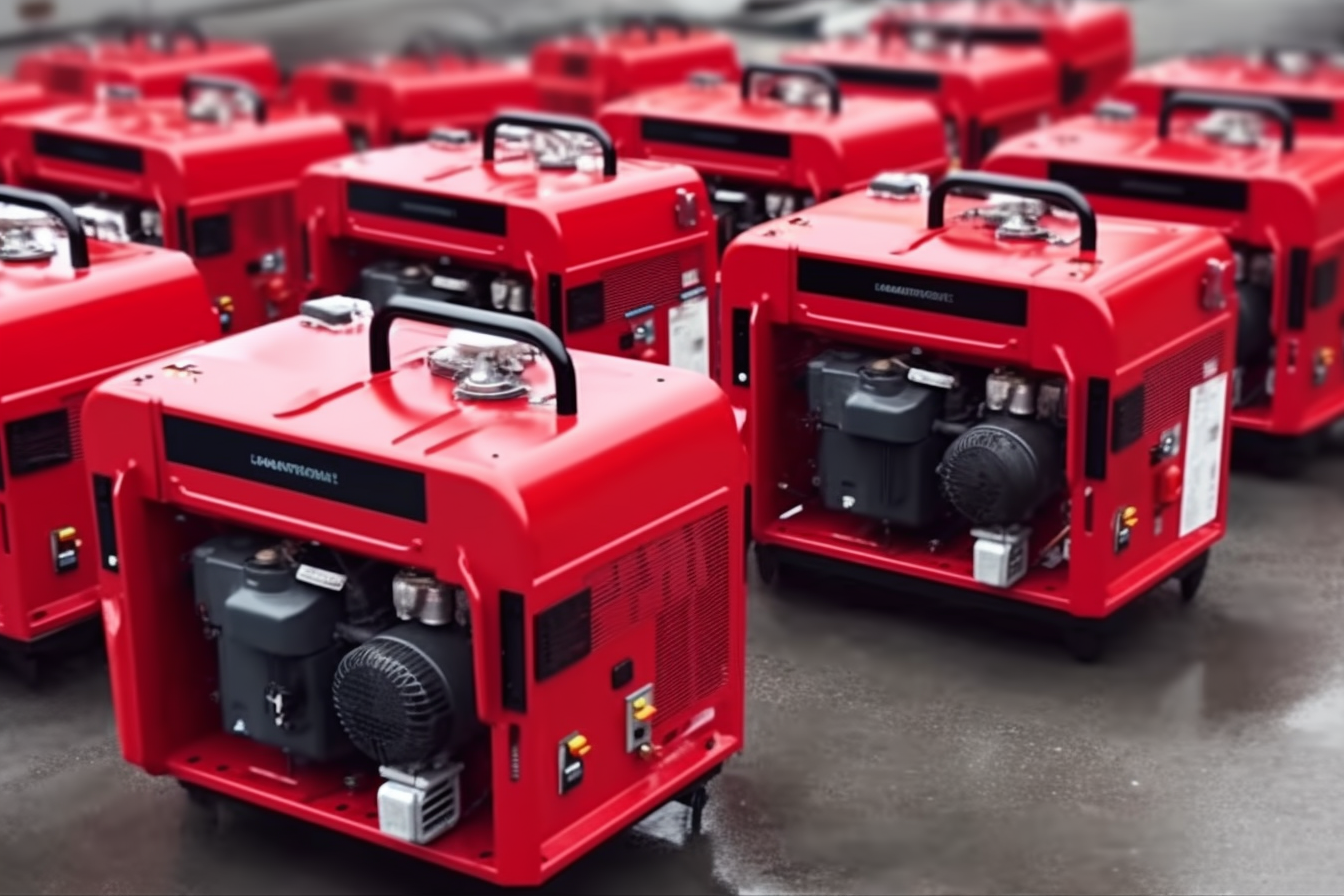Emergency Generator Options for Home Power Backup
A home generator is a device that supplies electricity when needed. Understanding different types, capacities, and proper usage can help homeowners make informed decisions about incorporating a generator into their household setup safely and effectively.

When electrical grids fail during severe weather or infrastructure problems, having reliable backup power becomes crucial for maintaining household operations. Emergency generators serve as lifelines during extended outages, powering essential systems like refrigeration, heating, lighting, and medical equipment. Modern generator technology offers various solutions tailored to different home sizes, power needs, and budget considerations.
What Makes Portable Home Generators Ideal for Emergencies
Portable generators provide flexible, cost-effective emergency power solutions for homeowners. These units typically run on gasoline, propane, or dual-fuel systems, delivering between 3,000 to 12,000 watts of power. Their mobility allows positioning away from living areas to prevent carbon monoxide exposure while maintaining adequate ventilation. Most portable models feature multiple outlets, enabling simultaneous operation of refrigerators, lights, fans, and communication devices. Advanced inverter technology in newer models produces clean power safe for sensitive electronics like computers and smartphones.
Professional Home Generator Installation Services
Permanent standby generators require professional installation to ensure safety, code compliance, and optimal performance. Licensed electricians handle electrical connections, transfer switch installation, and integration with home electrical panels. Gas line installation for natural gas units demands certified technicians familiar with local utility requirements and safety protocols. Professional installers also obtain necessary permits, conduct system testing, and provide warranty coverage. Proper installation includes concrete pad preparation, adequate clearances from structures, and weatherproofing connections to prevent moisture damage.
Features of Reliable Home Generators for Storms and Outages
Reliable emergency generators incorporate several key features ensuring dependable operation during critical situations. Automatic start systems activate generators within seconds of detecting power loss, providing seamless transitions without manual intervention. Weather-resistant enclosures protect internal components from rain, snow, and extreme temperatures. Low-oil shutdown systems prevent engine damage during extended operation periods. Remote monitoring capabilities allow homeowners to check generator status, fuel levels, and maintenance needs through smartphone applications. Quality generators also feature quiet operation, typically producing 60-70 decibels at normal load levels.
Generator Sizing and Power Requirements
Selecting appropriate generator capacity requires calculating essential power loads during outages. Basic emergency needs typically include refrigeration (700-1000 watts), lighting (100-200 watts per room), and heating system operation (3000-5000 watts for furnace blowers). Whole-house generators range from 10kW to 25kW, accommodating most residential electrical demands including air conditioning systems. Load management systems prioritize critical circuits, automatically shedding non-essential loads to prevent generator overload. Professional assessments help determine optimal sizing based on home square footage, appliance inventory, and family priorities during emergencies.
Generator Types and Fuel Options Comparison
Different generator types offer distinct advantages depending on installation requirements and usage patterns. Standby generators connect permanently to natural gas lines or propane tanks, providing unlimited runtime during extended outages. Portable generators offer lower initial costs but require manual setup and fuel replenishment every 8-12 hours. Inverter generators produce cleaner power suitable for sensitive electronics but typically offer lower wattage outputs. Fuel choices include gasoline (readily available but requires storage rotation), propane (clean-burning with indefinite storage life), natural gas (continuous supply but requires utility connection), and diesel (efficient but louder operation).
| Generator Type | Power Range | Fuel Type | Installation Cost |
|---|---|---|---|
| Portable Gas | 3,000-12,000W | Gasoline | $500-$2,500 |
| Portable Propane | 3,000-10,000W | Propane | $600-$3,000 |
| Standby Natural Gas | 10,000-25,000W | Natural Gas | $3,000-$8,000 |
| Standby Propane | 10,000-25,000W | Propane | $3,500-$9,000 |
| Inverter Portable | 1,000-7,000W | Gas/Propane | $800-$4,000 |
Prices, rates, or cost estimates mentioned in this article are based on the latest available information but may change over time. Independent research is advised before making financial decisions.
Maintenance and Safety Considerations
Regular maintenance ensures generator reliability when emergencies strike. Monthly test runs prevent fuel system degradation and identify potential issues before critical need arises. Oil changes every 50-100 hours of operation maintain engine longevity and performance. Air filter cleaning prevents debris accumulation that reduces efficiency and increases fuel consumption. Battery maintenance for electric start systems includes terminal cleaning and voltage testing. Safety protocols include proper ventilation placement, carbon monoxide detector installation, and never operating generators indoors or in enclosed spaces.
Emergency generators represent essential investments in home resilience and family safety. Whether choosing portable units for occasional use or permanent standby systems for comprehensive coverage, proper selection, installation, and maintenance ensure reliable backup power when needed most. Understanding available options, professional requirements, and ongoing care responsibilities helps homeowners make informed decisions protecting their households during power emergencies.




